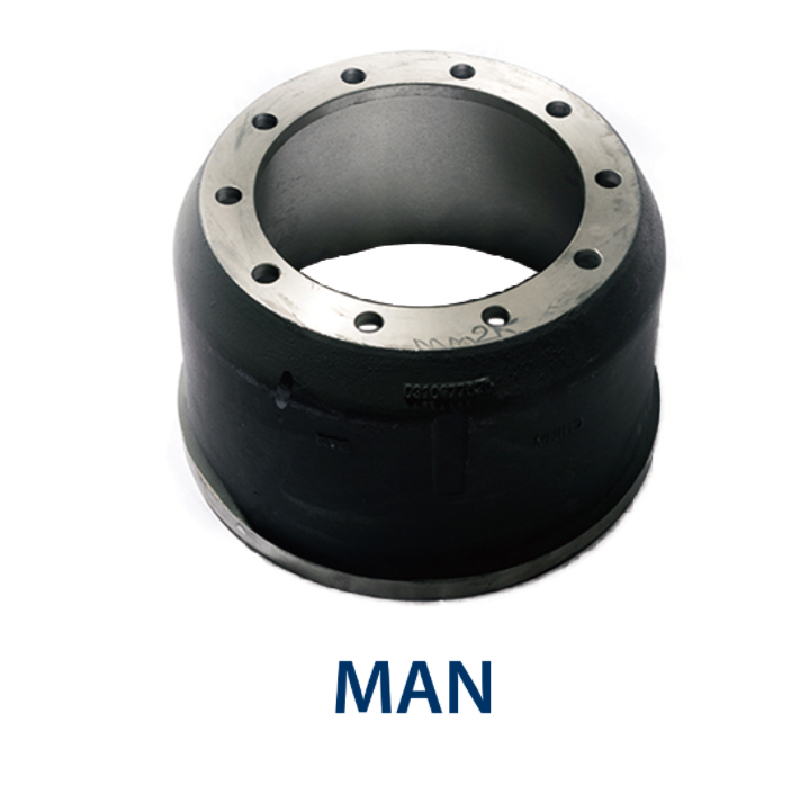ag. . 12, 2024 15:14 Back to list
Understanding the Role of Brake Drums and Wheel Cylinders in Vehicle Stopping Power and Safety
Understanding Brake Drum and Wheel Cylinder Key Components in Vehicle Stopping Power
When it comes to vehicle safety, the braking system is undoubtedly one of the most critical components. It ensures that a vehicle can slow down or come to a complete stop, helping prevent accidents and increasing overall safety. Among the various elements of the braking system, the brake drum and wheel cylinder play vital roles, especially in drum brake systems, which are still widely used in many cars and trucks today.
What Are Brake Drums?
Brake drums are cylindrical components that work in conjunction with brake shoes to create friction, which is essential for slowing down a vehicle. Located inside the wheel, the brake drum is made of cast iron or aluminum, designed to withstand high temperatures generated during braking. When the brake pedal is pressed, hydraulic pressure from the master cylinder forces the brake shoes outward against the inner surface of the brake drum. This friction creates the necessary resistance to slow or stop the vehicle.
One of the key advantages of brake drums is their ability to dissipate heat effectively. The design of the drum allows for a larger surface area, which helps prevent overheating during prolonged braking. This makes them particularly effective for vehicles that carry heavy loads or require frequent stopping, such as trucks and buses.
The Function of the Wheel Cylinder
The wheel cylinder is a crucial component within the drum brake system that directly influences the functioning of the brake system. It is a hydraulic device typically located inside the brake drum, consisting of two pistons that are actuated when hydraulic pressure is applied.
brake drum wheel cylinder

When the driver presses the brake pedal, fluid from the master cylinder travels through the brake lines to the wheel cylinder. This action forces the pistons to push the brake shoes against the brake drum. The mechanical leverage of the pistons amplifies the force, providing significant stopping power. This design allows for efficient use of hydraulic pressure, ensuring that even a moderate push on the brake pedal results in substantial braking action.
Maintenance and Common Issues
Maintaining the brake drum and wheel cylinder is essential for ensuring the vehicle's reliability and safety. Regular inspection can identify common issues such as worn brake shoes, leaks in the wheel cylinder, or warped brake drums. Worn-out brake shoes or drums can significantly reduce braking efficiency, leading to longer stopping distances.
A common issue in brake systems is cylinder leakage. If brake fluid leaks from the wheel cylinder, it can lead to reduced braking force and potentially complete brake failure. This emphasizes the importance of routinely checking brake fluid levels and inspecting the entire braking system for signs of wear or malfunction.
Conclusion
In summary, the brake drum and wheel cylinder are integral components of a vehicle's braking system, working together to provide the necessary force for efficient and safe stopping. Understanding their functions and maintenance needs can empower drivers to ensure their vehicles remain safe and reliable. Regular check-ups, timely repairs, and proper load management can extend the lifespan of these components and enhance overall vehicle performance. Whether you're a seasoned driver or a newcomer to the road, investing time in understanding your vehicle's braking system is paramount to ensuring safety and preventing accidents.
-
High-Quality Brake Drum MAZ – Durable Drum Brake Drum & Brake Drum and Brake Shoe Solutions
NewsJul.05,2025
-
High-Quality Brake Drum Iveco - Durable Drum Brake Drum & Brake Shoe Solutions
NewsJul.05,2025
-
High-Quality Brake Drum MAZ – Durable Drum Brake Drum & Brake Drum and Brake Shoe Solutions
NewsJul.04,2025
-
Brake Drum Man - High-Quality Drum Brake Drums & Brake Shoes for Reliable Performance
NewsJun.24,2025
-
High-Quality Brake Drum Kamaz – Durable Drum Brake Drum & Brake Shoe Replacement
NewsJun.10,2025
-
High-Quality Brake Drum Liza for Drum Brake Systems - Superior Durability and Performance
NewsJun.10,2025
